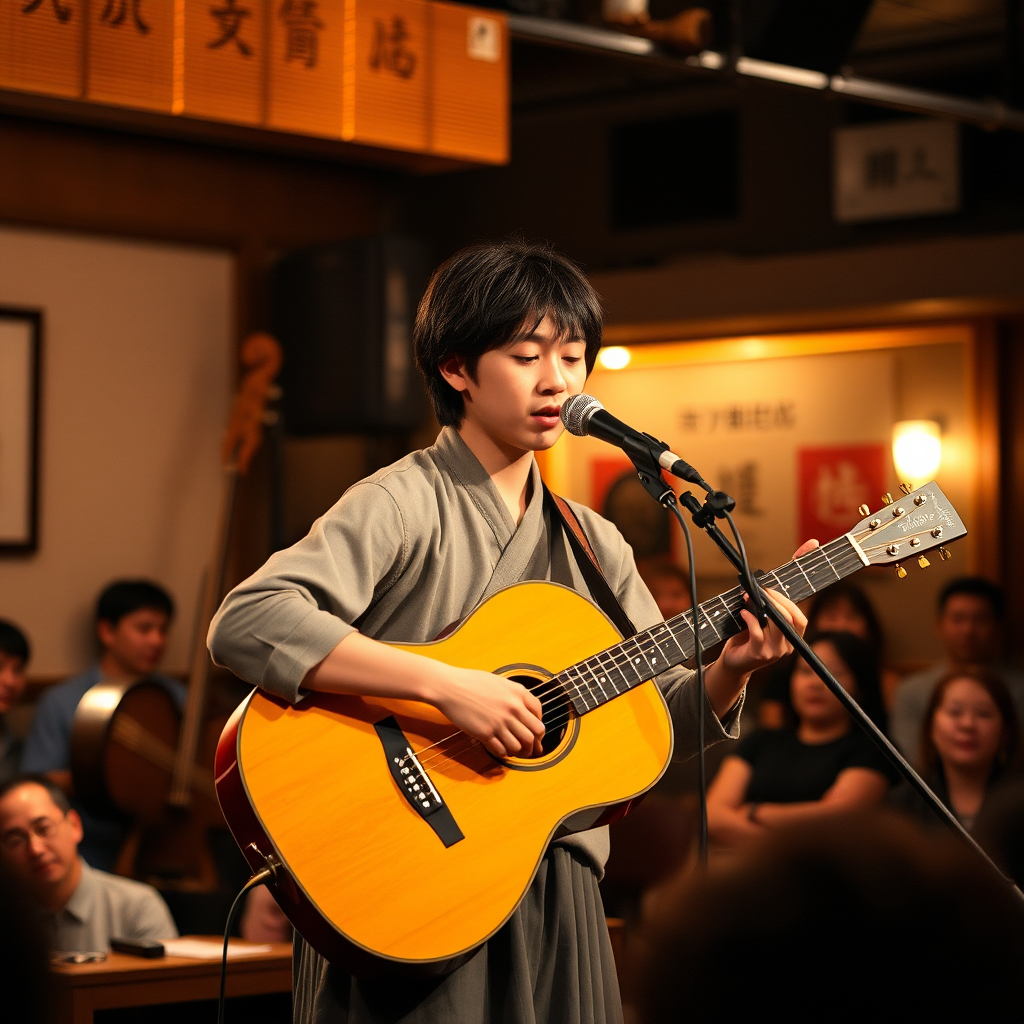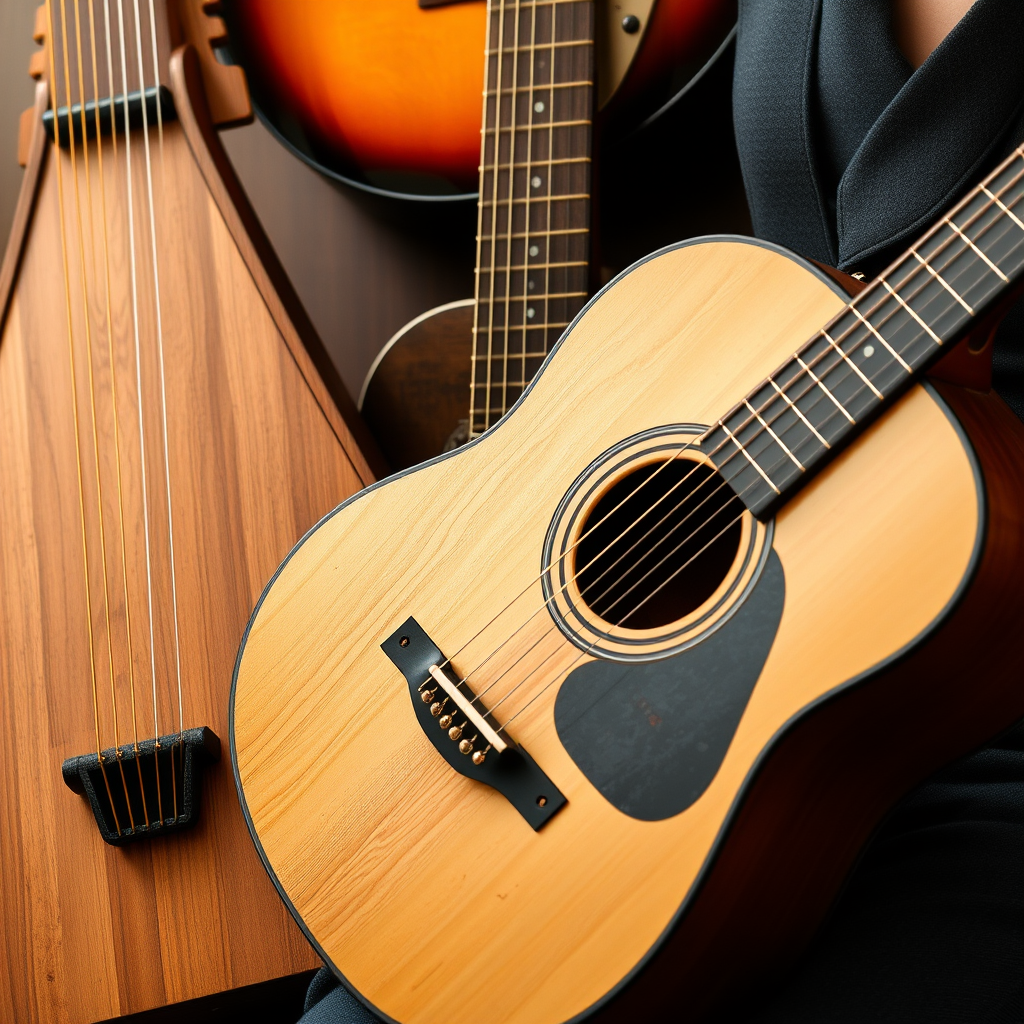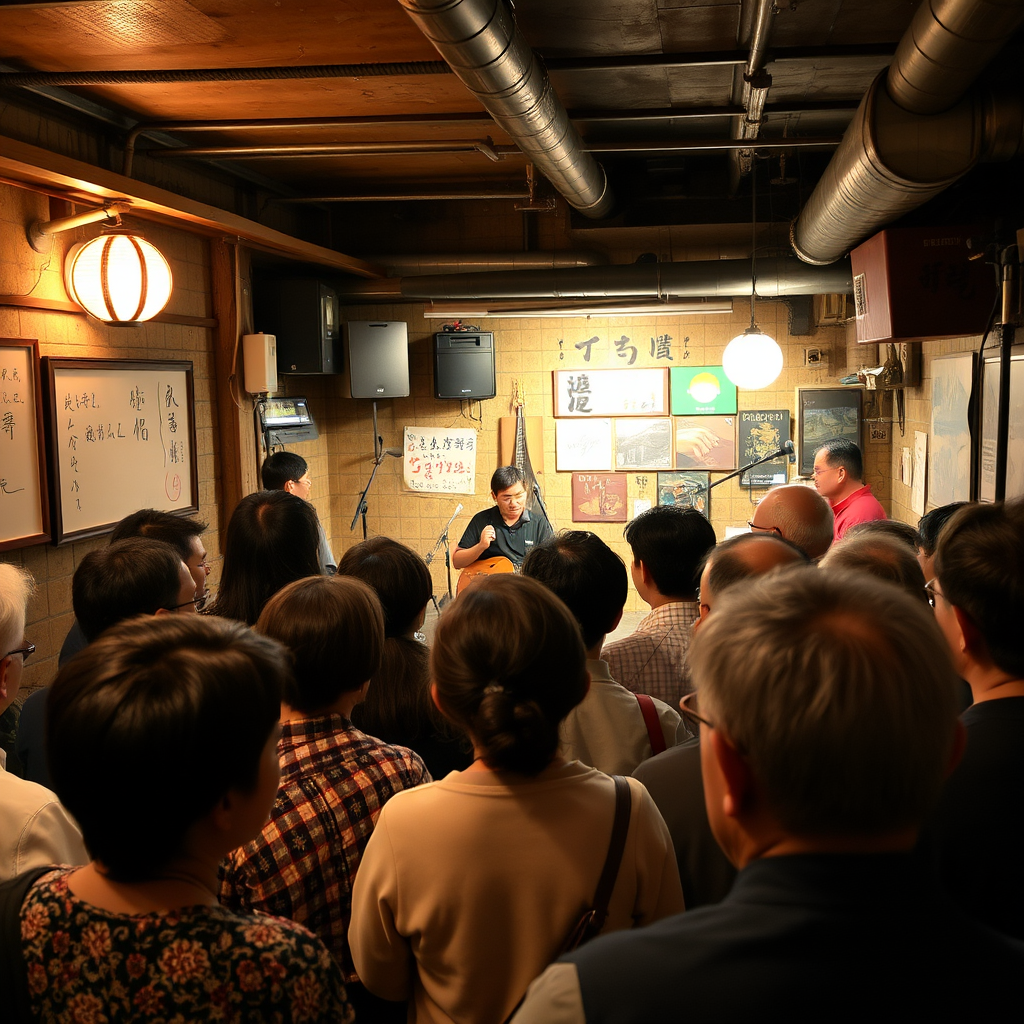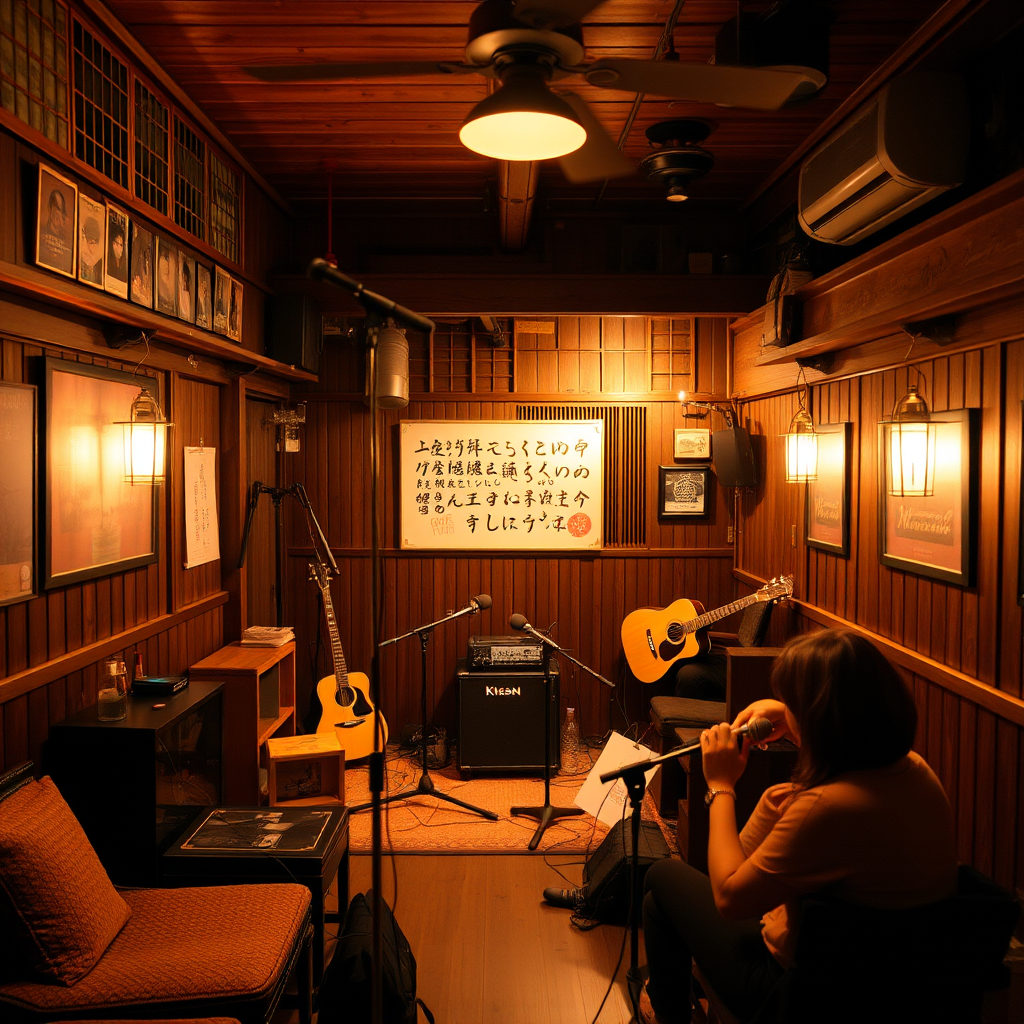In the bustling heart of Tokyo, beneath the neon-lit streets and towering skyscrapers, a quiet revolution is taking place. The city's underground folk music scene is experiencing an unprecedented revival, where traditional Japanese melodies intertwine with contemporary storytelling to create something entirely new and profoundly moving.
The Cultural Renaissance
This musical renaissance represents more than just entertainment—it's a cultural movement that bridges generations. Young artists are rediscovering the emotional depth of traditional Japanese folk music while infusing it with modern sensibilities. The result is a sound that speaks to both the soul's ancient wisdom and contemporary urban experiences.
The revival draws inspiration from classical music traditions, incorporating elements that have therapeutic qualities similar to music therapy practices. These intimate performances create healing spaces where audiences can connect with Japan's rich musical heritage while processing modern life's complexities.

Intimate Venues Fostering Connection
The underground folk scene thrives in Tokyo's most intimate venues—small coffee houses in Shibuya, basement clubs in Shinjuku, and converted traditional spaces in Asakusa. These venues, often holding no more than 50 people, create an atmosphere where music becomes a shared experience rather than mere performance.
One particularly notable venue, tucked away in a narrow alley near Shibuya Station, has become a sanctuary for both emerging and established folk artists. The space combines traditional Japanese aesthetics with modern acoustic design, creating an environment where every whispered lyric and gentle guitar strum resonates with crystal clarity.
Emerging Artists Leading the Movement
At the forefront of this revival are artists who seamlessly blend traditional instruments like the koto and shamisen with contemporary folk arrangements. These musicians are not merely preserving the past—they're actively reimagining it for a new generation seeking authentic cultural connection in an increasingly digital world.

Many of these artists incorporate storytelling techniques that echo classical music's narrative traditions, creating performances that function almost like musical therapy sessions. The intimate nature of these venues allows for genuine emotional exchange between performer and audience, fostering a sense of community often missing in larger commercial music spaces.
The Therapeutic Power of Folk Revival
What makes this underground movement particularly significant is its therapeutic dimension. Like classical music therapy, these folk performances offer emotional healing and cultural grounding. The combination of traditional melodies with personal storytelling creates a unique form of musical expression that addresses both individual and collective needs.
Regular attendees describe these performances as transformative experiences that help them reconnect with Japanese cultural identity while processing contemporary challenges. The music serves as a bridge between past and present, offering both comfort and inspiration.
Cultural Impact and Future Directions
This underground folk revival is influencing broader Japanese music culture, inspiring collaborations between traditional and contemporary artists across genres. The movement demonstrates how classical music principles and therapeutic approaches can be integrated into modern folk expressions, creating new possibilities for cultural enrichment.

As this revival continues to grow, it's creating new opportunities for cultural exchange and artistic collaboration. The underground nature of the movement allows for experimentation and authenticity that might be difficult to achieve in more commercial settings, ensuring that the music remains true to its therapeutic and cultural roots.
Tokyo's underground folk music revival represents a powerful example of how traditional cultural forms can be revitalized to meet contemporary needs. Through intimate venues, emerging artists, and audiences seeking authentic connection, this movement is quietly reshaping Japan's musical landscape while honoring its rich cultural heritage.
